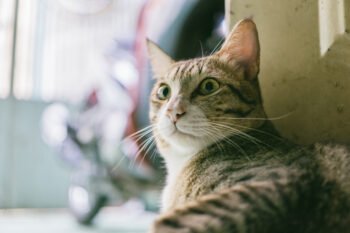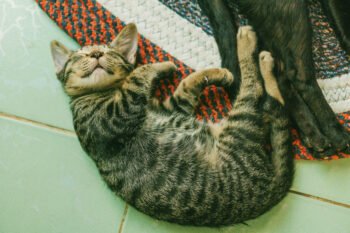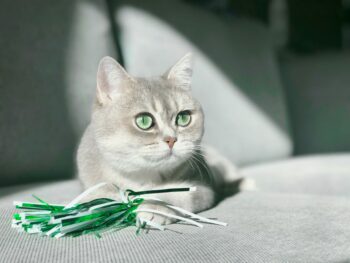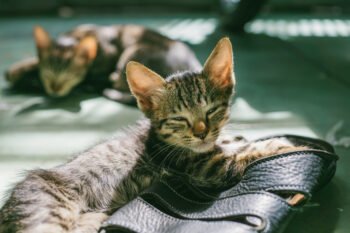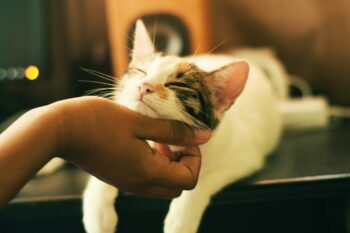Mrreow-Ow-OWW! That’s what your kitty might be saying if he has a bad tooth. Consider that 70 percent of all cats seven years or older have a form of cat cavity called FORL (Feline Odontoclastic Resorptive Legions) that occurs beneath the gumline. They’re painful, and the only way to get rid of them is often, literally, pulling teeth.
“My clients often ask if their cats can eat normally” after an extraction, says Clarence Sitzman, DVM. “Cats will eat better with no teeth than they will with diseased teeth. I have clients whose cats with no teeth will gum and swallow hard food.” Sitzman is on the board of directors of the American Veterinary Dental Society, and has been a veterinarian for 27 years and a dentist for 10 years at Front Range Veterinary Clinic in Colorado.
Surprisingly, although a cat’s teeth are small, a veterinary dentist can fill cavities in the eight larger teeth in a cat’s mouth. However, many cavities occur in teeth that a vet can’t fill because they are too small, or the teeth are decayed beyond being able to save them.
When a cat comes in for a tooth extraction, Sitzman takes X-rays to determine how much damage there is. “Sometimes while under anesthesia the cats will chatter in pain when I touch the tooth or gum. Sometimes there’s not much left of the root even though you can see the tooth.”
Once he decides to extract a tooth, he uses pre-anesthesia to relax the cat in an anesthesia box. He then administers anesthesia through a breathing tube. “We use sevoflurane, the next generation of isoflurane, which we use for safety. The cats awake within five to seven minutes afterwards.” Most cats require a surgical tooth extraction where the veterinarian cuts through the gum and removes each portion of the split root and sometimes the infected bone. Sitzman uses dissolvable stitches so that the cat won’t have to be anesthetized again to remove them.
Kitty can usually go home the same day. Sitzman recommends soft food for the next few days. He sends his patients home with pain medicine and antibiotics, especially if there has been a serious infection. Overall, he sees happier cats after their tooth extractions. “They can eat better, now that they’re no longer in pain.”

